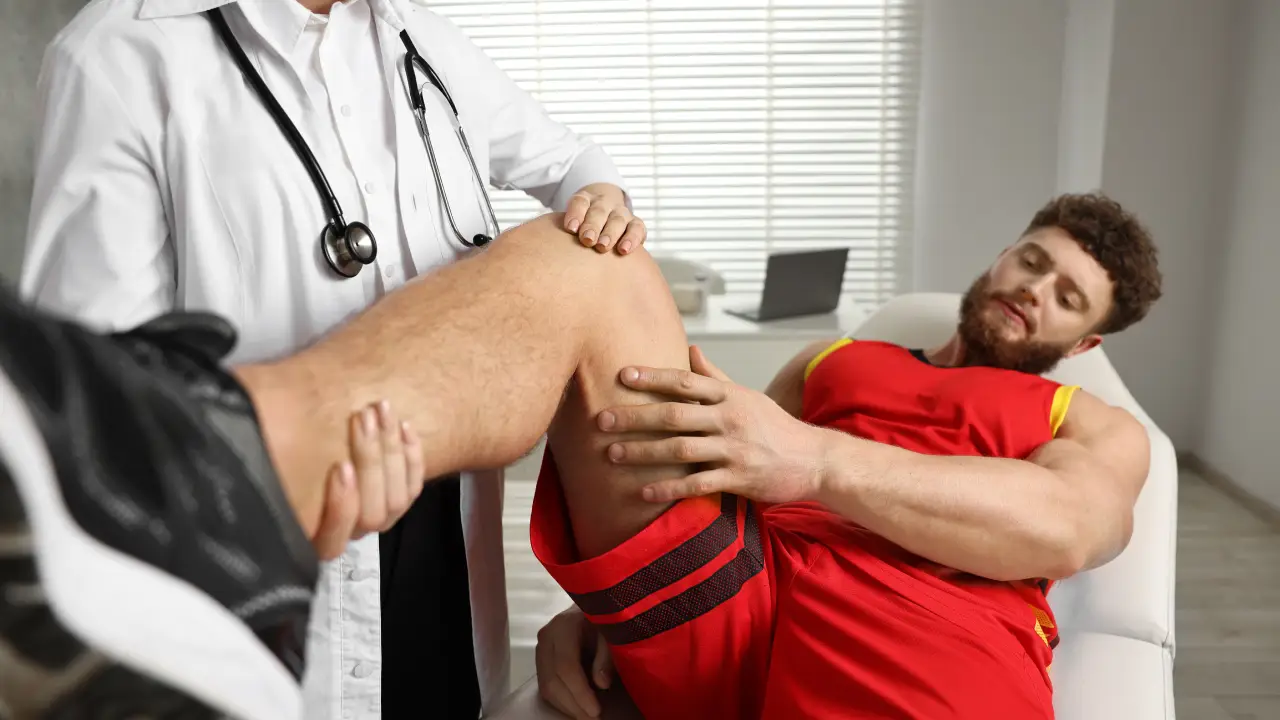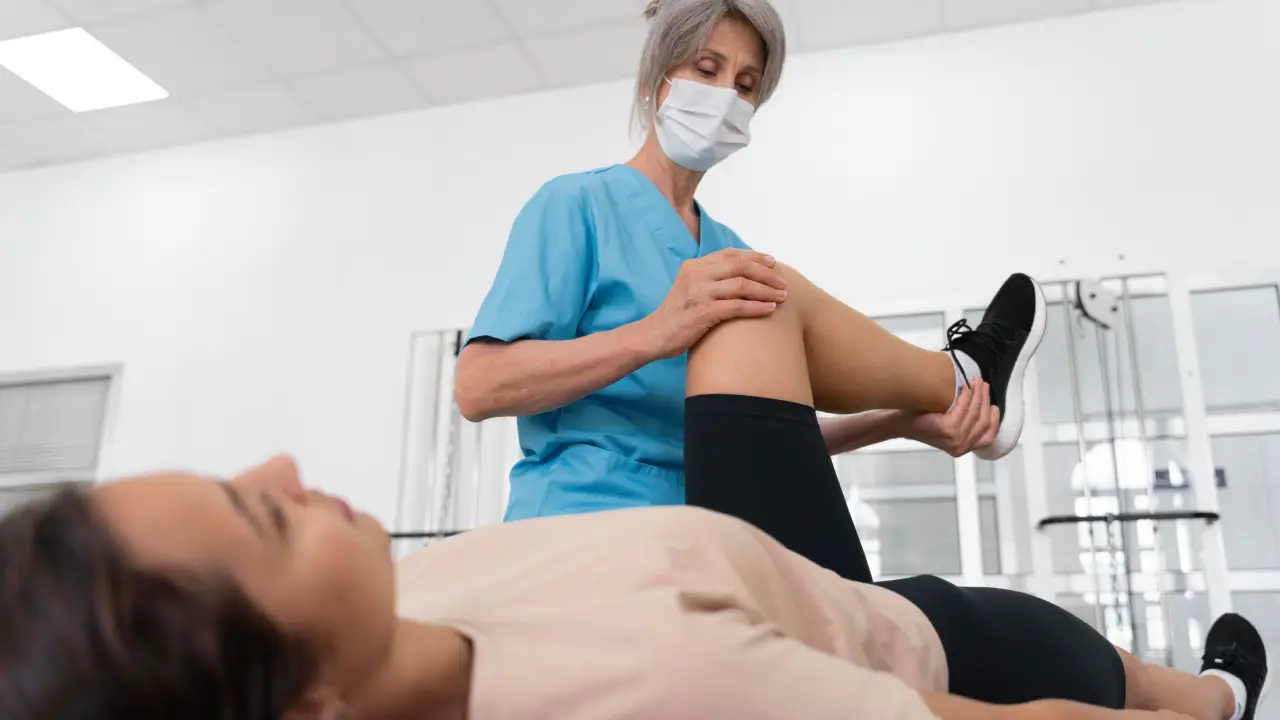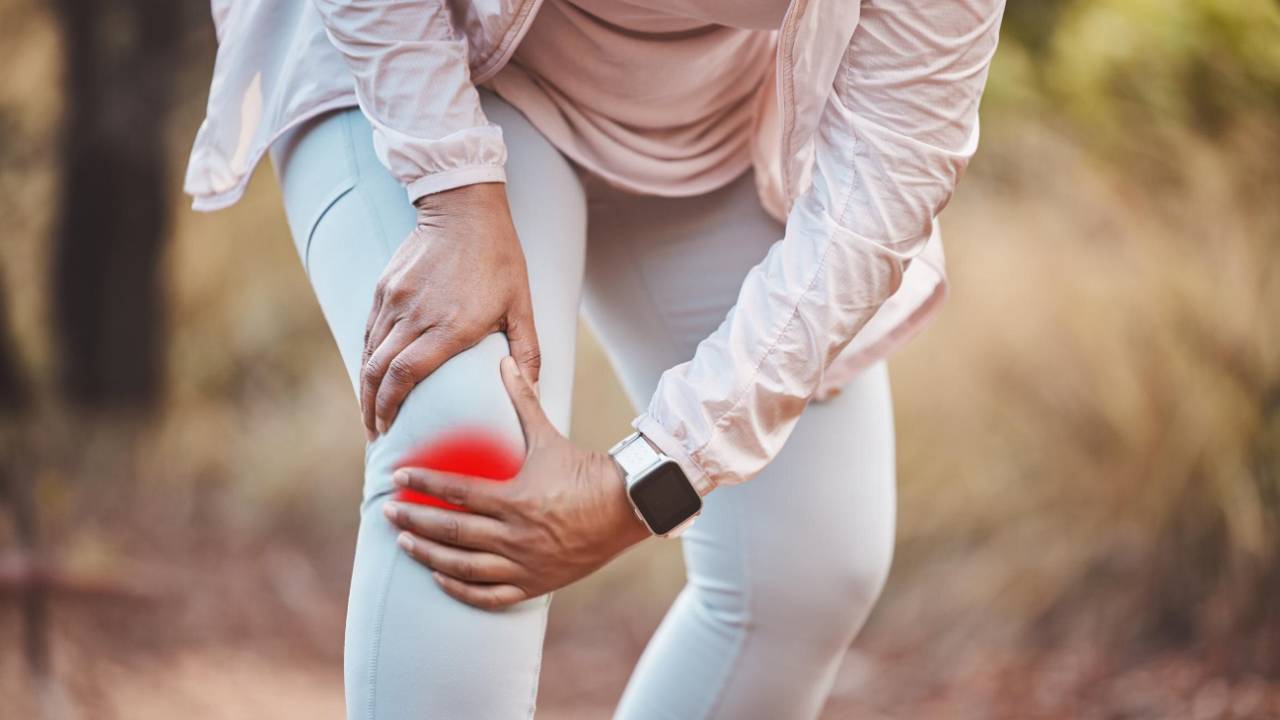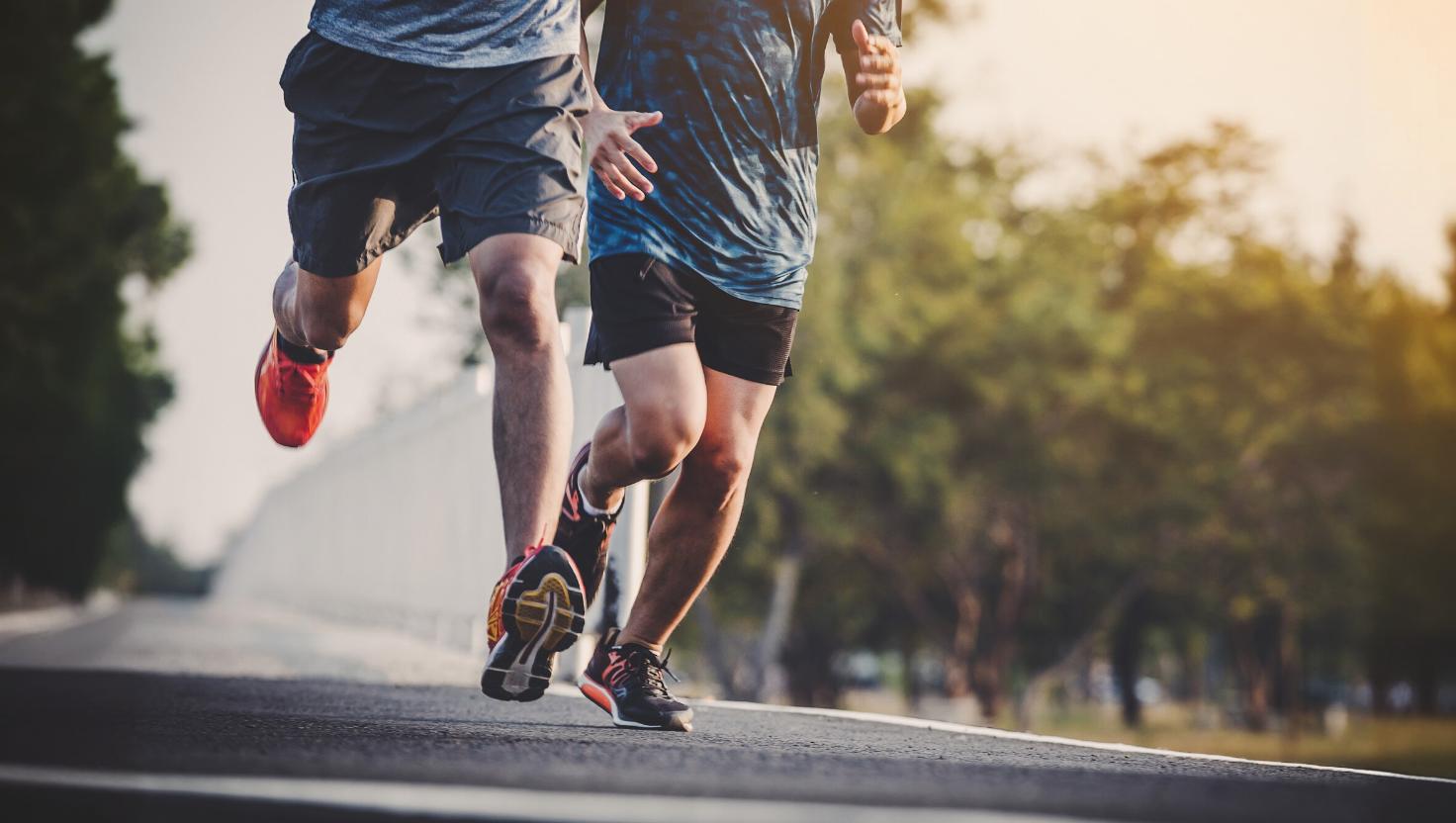What is Sports Injury Rehabilitation?
Sports injury rehabilitation is a structured process designed to help athletes recover from injuries while regaining strength, Mobility, and Confidence. Injuries can range from minor sprains and strains to more serious conditions affecting muscles, ligaments, or joints. Sports injury rehabilitation focuses not only on healing but also on returning athletes to their activities safely and efficiently. Physiotherapy plays a central role in this process, offering tailored interventions that address specific injuries and restore optimal function.
Why Physiotherapy is Essential for Sports Recovery
Athletes often push their bodies to the limit, which increases the risk of injury, even during routine training or recreational sports. Minor strains, sprains, or overuse injuries that are left untreated can develop into chronic pain, restricted movement, or long-term performance setbacks. Physiotherapy provides a comprehensive approach to recovery, addressing not just the immediate symptoms but also the underlying causes of injury. Through targeted interventions, physiotherapists work to restore joint function, improve muscle balance, and enhance overall Mobility. They also focus on strategies that reduce the likelihood of reinjury, such as correcting movement patterns and strengthening supporting muscles.
By incorporating evidence-based techniques, physiotherapists help athletes manage pain effectively, rebuild strength progressively, and regain Confidence in their movements. For anyone in Brantford recovering from a sports injury, physiotherapy offers a safe, structured, and personalized path to recovery, helping them return to their sport with stability and resilience.
How Physiotherapy Supports Sports Injury Rehabilitation
Physiotherapists use a variety of techniques to address injuries and promote recovery. These methods improve circulation, reduce pain, restore Mobility, and strengthen the affected area. Therapists tailor each athlete’s rehabilitation program to their injury type, sport, and personal recovery goals. Below are eight techniques commonly used in physiotherapy for sports injury rehabilitation.
1. Hands-On Muscle and Joint Techniques
Manual techniques involve the physiotherapist using their hands to manipulate muscles, tendons, and joints. This includes soft tissue massage, joint mobilization, and targeted stretching. These interventions reduce tension, improve blood flow, and restore joint Mobility. These hands-on methods, carefully tailored to each athlete’s condition, often help athletes recover from injuries such as sprains or shoulder strains.
2. Customized Exercise Programs
Exercise is a cornerstone of sports injury rehabilitation. Physiotherapists design tailored exercise routines to restore strength, flexibility, and endurance. These programs may start with gentle range-of-motion exercises and progress to resistance training and sport-specific drills. Regular practice under a physiotherapist’s supervision ensures gradual improvement without risking further injury.
3. Balance and Coordination Drills
Injuries such as ankle sprains, ACL tears, or wrist fractures can affect an athlete’s balance and coordination. Physiotherapists incorporate exercises using balance boards, single-leg stances, and stability drills to retrain the body’s awareness of position and movement. Improving balance and coordination not only aids recovery but also reduces the likelihood of reinjury during sporting activities.
4. Electrical Stimulation Therapy
Electrotherapy employs electrical currents to manage pain, reduce swelling, and stimulate muscle activity. Techniques include TENS (transcutaneous electrical nerve stimulation), EMS (electrical muscle stimulation), and ultrasound therapy. These interventions benefit patients in the early stages of rehabilitation, when pain or inflammation may limit movement. Electrotherapy allows athletes to maintain muscle function while minimizing discomfort.
5. Water-Based Rehabilitation
Hydrotherapy, or aquatic physiotherapy, uses the supportive properties of water to facilitate safe movement. The buoyancy of water reduces stress on injured joints, making exercises less painful. Physiotherapists guide patients through walking, jogging, or pool-based resistance exercises. Hydrotherapy enhances strength, flexibility, and cardiovascular fitness while providing a controlled environment for recovery.
6. Stretching and Mobility Techniques
Sports injuries often leave muscles tight and joints stiff. Physiotherapists implement targeted stretching routines to restore flexibility and improve movement efficiency. Methods may include static stretching, dynamic movements, or soft tissue release. Properly executed stretches promote healing, reduce discomfort, and prepare athletes for progressive strength and functional training.
7. Sport-Specific Functional Training
Functional training focuses on exercises that replicate the movements and demands of an athlete’s sport. This may include running, jumping, pivoting, or throwing drills. Physiotherapists use these exercises to bridge the gap between rehabilitation and full return to play. Functional training improves strength, endurance, and agility, helping athletes regain Confidence in their performance while reducing the risk of reinjury.
8. Guidance on Injury Prevention
Rehabilitation is not only about recovery; it also involves learning how to avoid future injuries. Physiotherapists provide advice on proper technique, warm-up routines, and Posture correction. They may also suggest ergonomic adjustments or sport-specific preventive strategies. This proactive approach equips athletes with the knowledge to maintain long-term musculoskeletal health and sustain peak performance.
Moving Forward
Recovering from a sports injury requires patience, structured care, and professional guidance. Physiotherapy combines hands-on treatment, exercises, balance training, electrical stimulation, hydrotherapy, stretching, functional training, and injury prevention strategies to help athletes recover safely and effectively.
For individuals in Brantford seeking comprehensive sports injury rehabilitation, our clinic, Revive Physiotherapy and Wellness, provides personalized programs that support every stage of recovery. With skilled physiotherapists and a focus on safe, progressive rehabilitation, our clinic is a trusted choice for athletes looking to return to their sport with Confidence.











